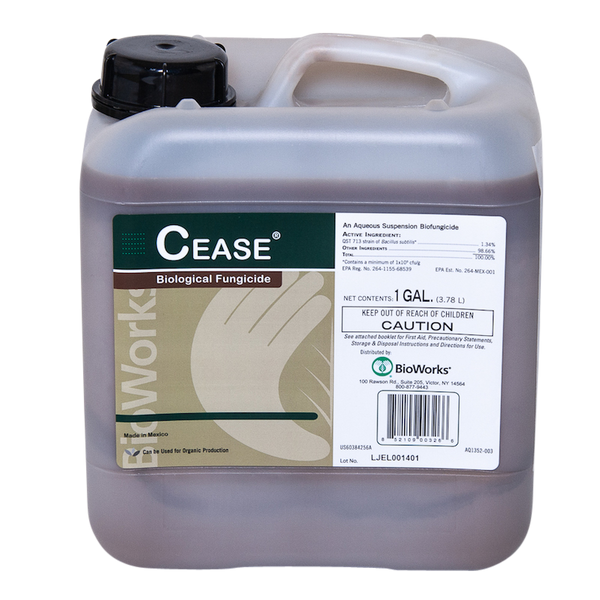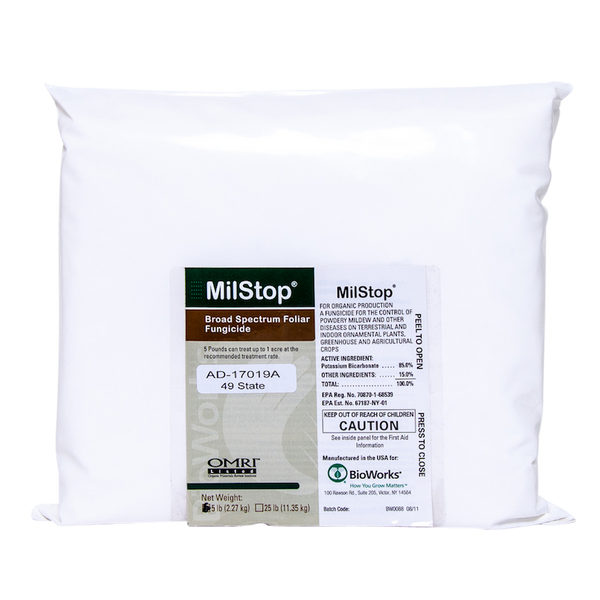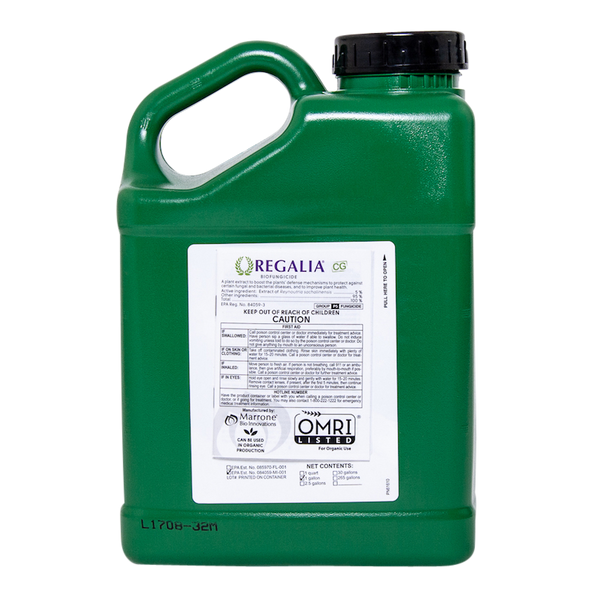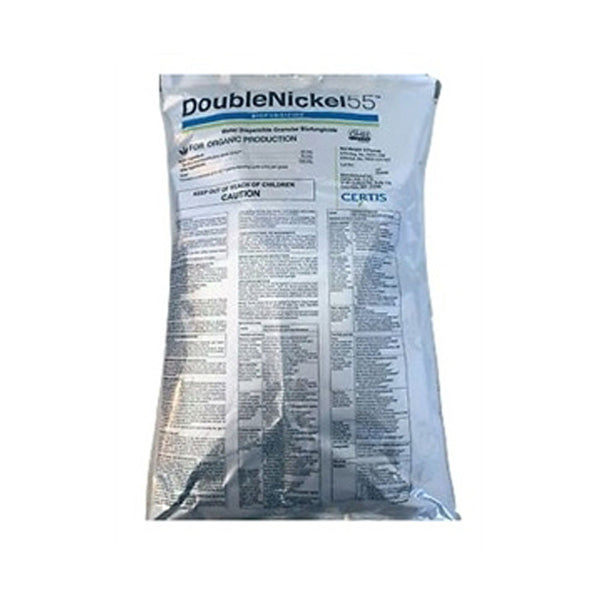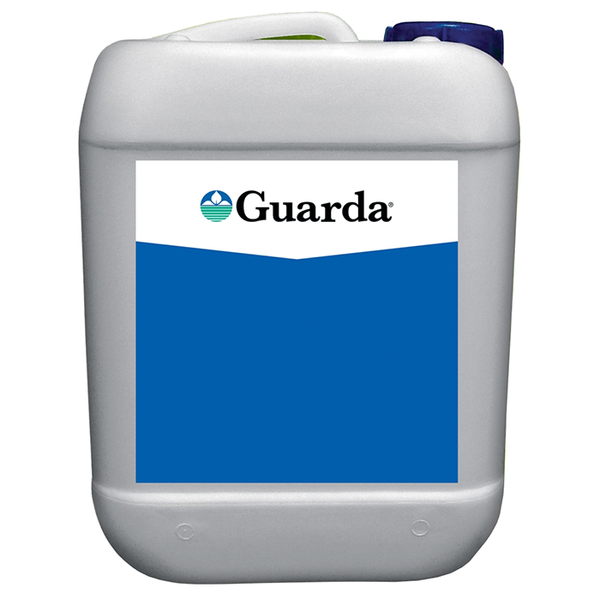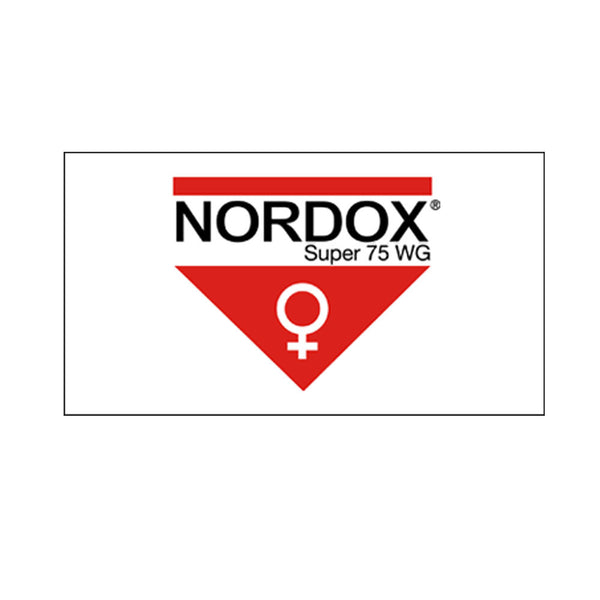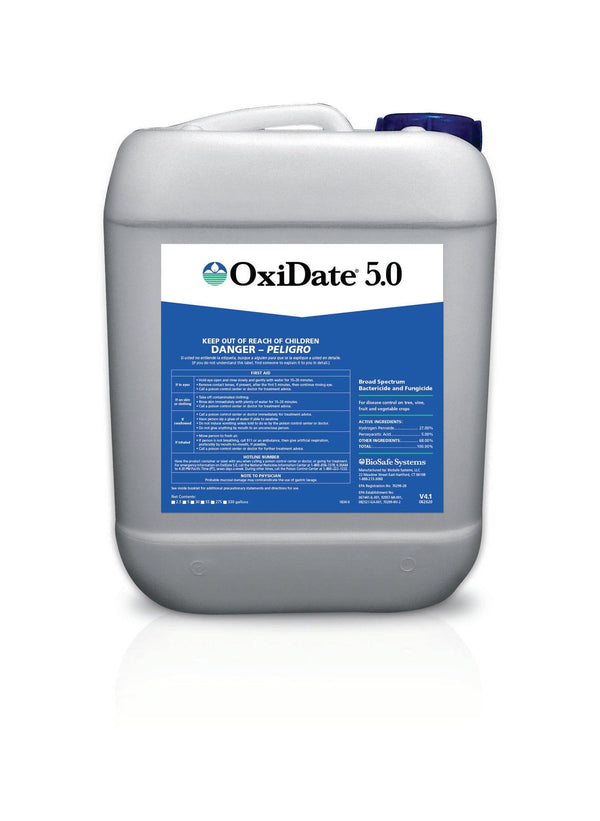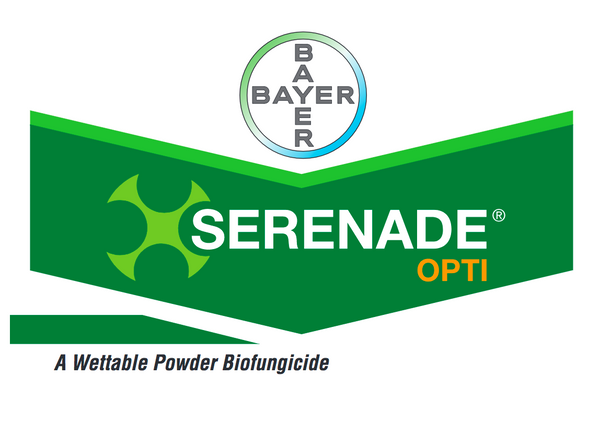Anthracnose Control
Organic and natural disease control. Anthracnose is a fungal disease that can affect a wide range of plants, including vegetables, fruits, and trees. The symptoms of Anthracnose include dark lesions on leaves and dieback of twigs and branches. Anthracnose is worse in cool wet weather. Read more on our Anthracnose Page.

